The undergraduate students at Southern University of Science and Technology (SUSTech) are known for their success in many areas. One student has published a number of significant research papers while at SUSTech, with a total of 14 papers at the SCI-standard so far and two patents being considered for national approval. With his success in research, he has received offers to complete his Ph.D. at top universities across the globe such as the University of Cambridge (UK), Princeton University (USA) and the University of Toronto (Canada). This student is Hu Qikun, a member of the Class of 2020 that has been studying in the Department of Chemistry.
Hu Qikun had been interested in scientific research as a middle school student. Despite the school not offering a traditionally strong science program, Hu Qikun would use his spare time to seek out knowledge in books, to gain a better understanding of experimental techniques. He knew that he had to go to a university that would quench his thirst for scientific research.
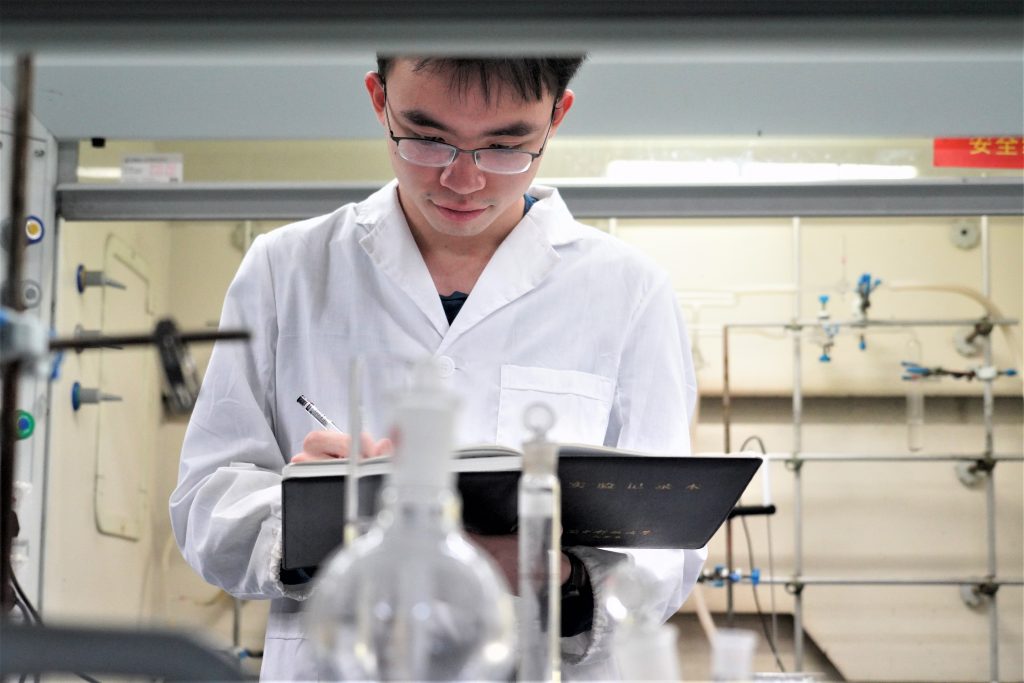
His national college entrance examination scores allowed him to choose from many universities across the country, but his greatest concern was whether he could start taking part in research as soon as possible. At many universities, it seemed impossible, but at SUSTech, that is not the case. He met with Professor Xu Zongxiang during the admissions process, who explained to him that SUSTech would provide him with the opportunity to get involved in scientific research at the earliest opportunity.
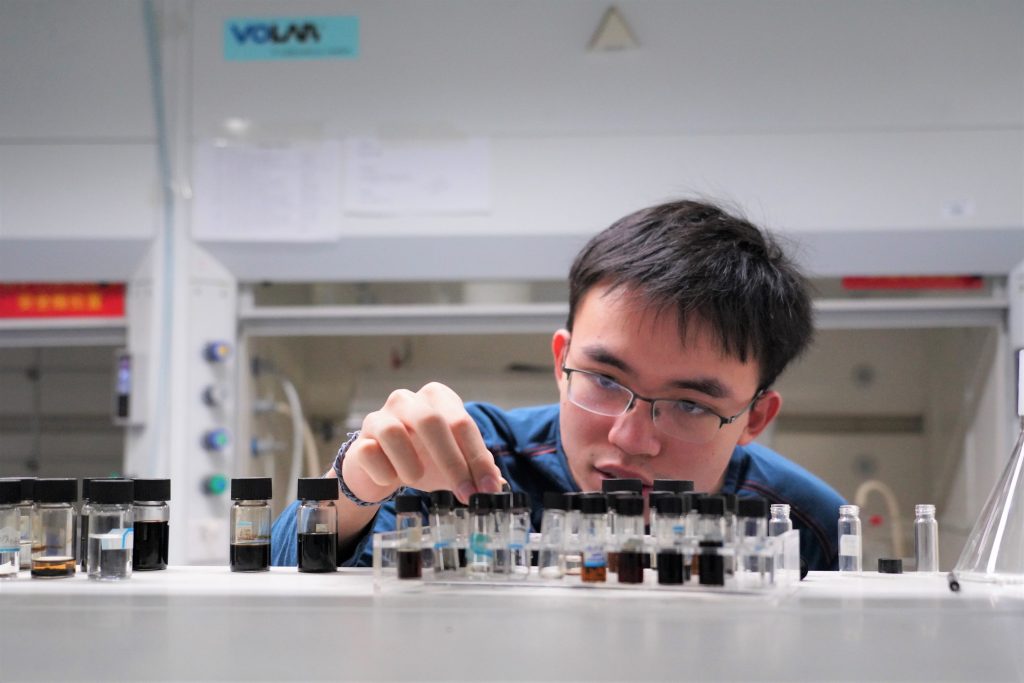
When he arrived at SUSTech in 2016, the senior students talked about the unremitting efforts they must make in scientific research in order to succeed. Hu Qikun sought out Professor Xu Zongxiang and was taken under his wing in the Department of Chemistry. In his lab, he found a wide range of expensive and in some ways overwhelming scientific instruments, with busy students conducting scientific research
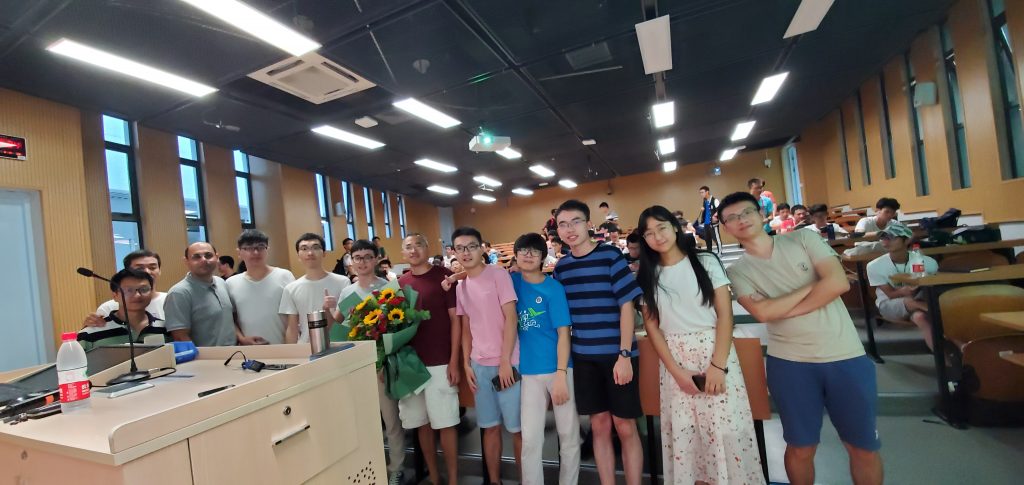
In Hu Qikun’s first semester as a freshmen student, he was still learning significant amounts of information. Senior students, postgraduate students and postdoctoral researchers would help him with different laboratory procedures, while he assisted them with various tasks. He quickly became a indispensable part of the team in the laboratory. Professor Xu Zongxiang would also spend time teaching him how to use different pieces of laboratory equipment and conduct experiments.
He reflected on how life in the laboratory was not always smooth, and one night he made a critical error that destroyed the work of a colleague that had taken several months. Expecting to be berated, he was surprised to be told that it was okay to make mistakes, and that it was more important to learn from them so he would not make them again. This tolerance helped him understand how to become more careful in his scientific research, and how to become more comfortable around scientific equipment.
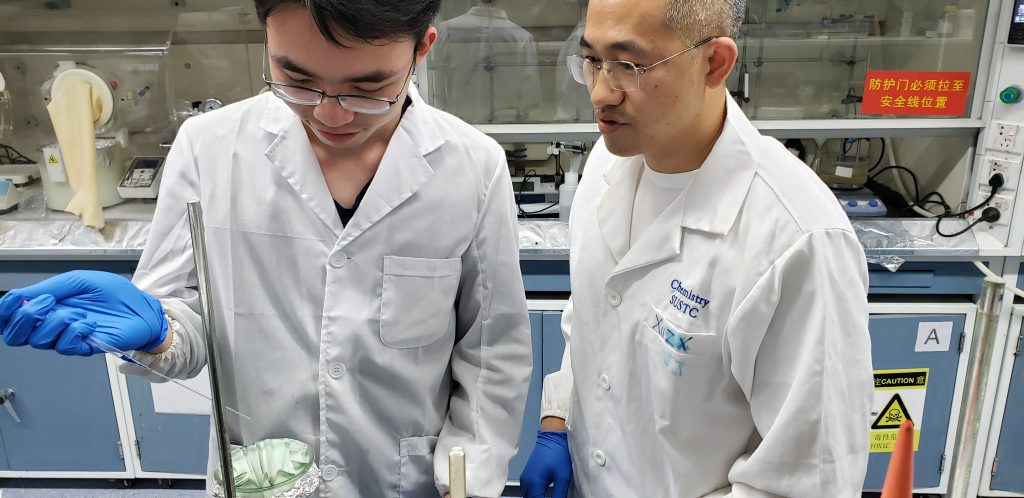
However, over time, he started to struggle in the laboratory, in the same way that excitement turns to burnout, and freshness turns to fatigue. The discovery of bottlenecks in his research saw him struggle, with some experiments showing results but stalling in other ways. Expected results were not appearing and Hu Qikun felt that there was something stopping him from breaking through. After conversations with his tutor Professor Xu Zongxiang, he realized that there are always times where things will not always go your way.
Once he understood how to move forward, Hu Qikun was able to make critical breakthroughs, including working through one of his bottlenecks. His ability to get past one bottleneck resulted in one of his first papers and a highlight of his life, as that paper was his first published paper, in Solar RRL. “P3HT/Phthalocyanine Nanocomposites as Efficient Hole‐Transporting Materials for Perovskite Solar Cells” was published in November 2018, and Hu Qikun was notified about a month prior, with Professor Xu Zongxiang and his parents possibly more thrilled than he was.
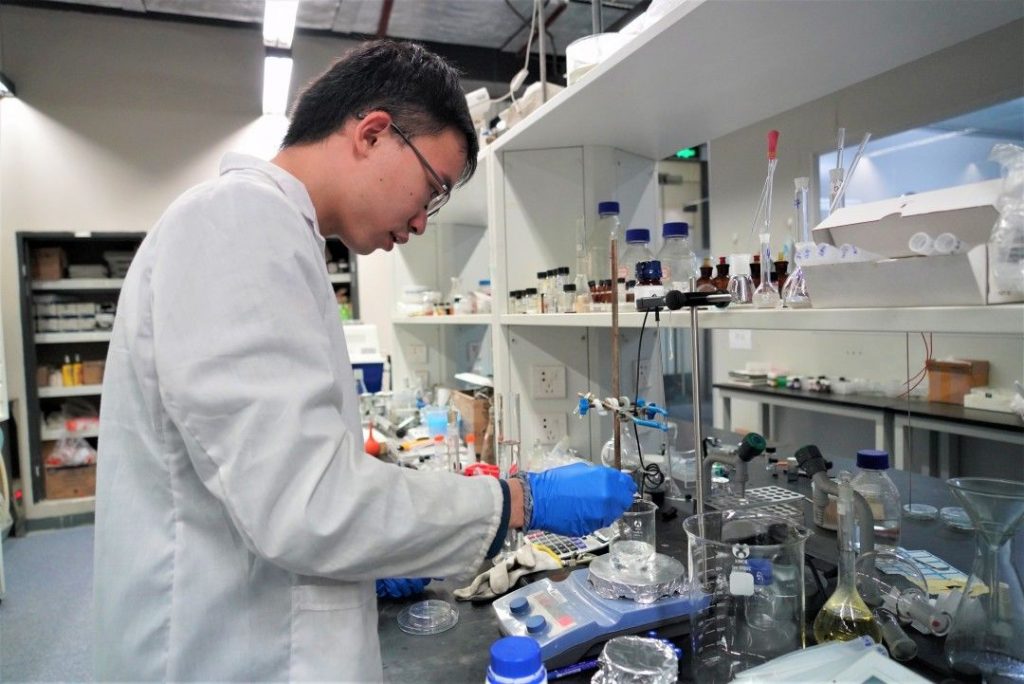
The publication of his paper was the inspiration for more research, which saw Hu Qikun spend huge amounts of time in the lab, spending little time elsewhere. This saw him publish more scientific papers and received the nickname “Dr. Hu,” from some of his colleagues. Another of his proud achievements is a paper published this year in Advanced Energy Materials, titled “High-Performance and Stable Perovskite Solar Cells Based on Dopant-Free Arylamine-Substituted Copper(II) Phthalocyanine Hole-Transporting Materials” that he worked on with the colleague whose experiment Hu Qikun had destroyed in his formative years in the laboratory.
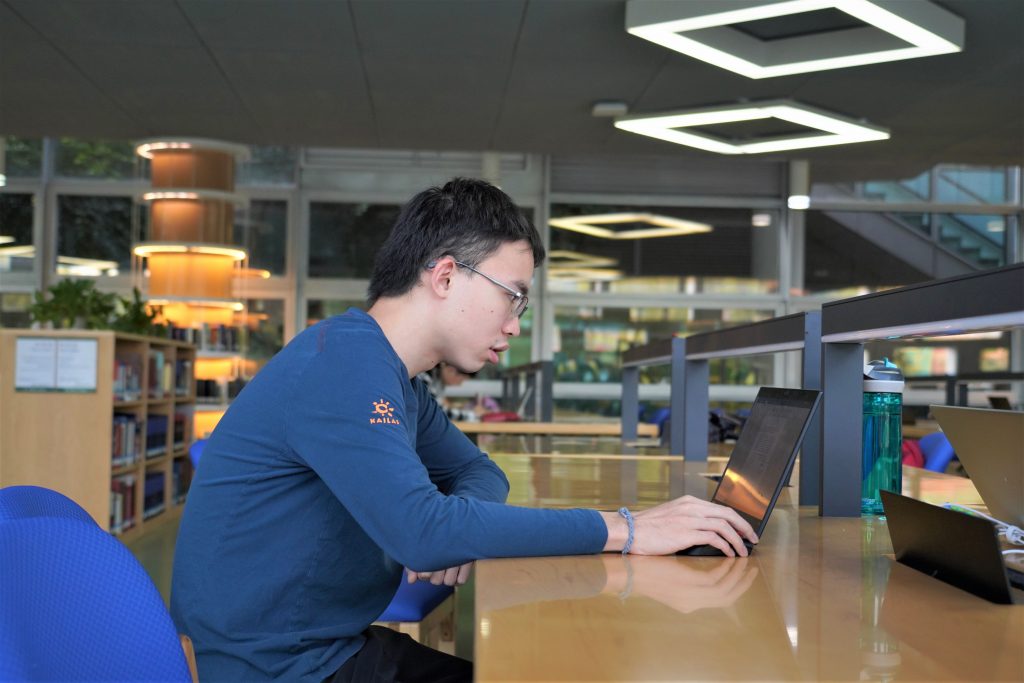
Now that Hu Qikun had a solid foundation, the opportunities were finding him. In his sophomore year, he received an email from a professor in Boston, offering him a position in his research team. As Hu Qikun published more papers, offers came from the University of Cambridge and Princeton, while a US laboratory was looking to cooperate with SUSTech.
Hu Qikun is eternally thankful for SUSTech and Professor Xu Zongxiang, for providing him with the direction and the foundation that has led him to go overseas to complete his Ph.D. once he graduates in 2020. He plans to return in the future, as the development of SUSTech provides huge potential for everyone who steps foot on campus.
Proofread ByXia Yingying
Photo ByZhao Wei, Supplied